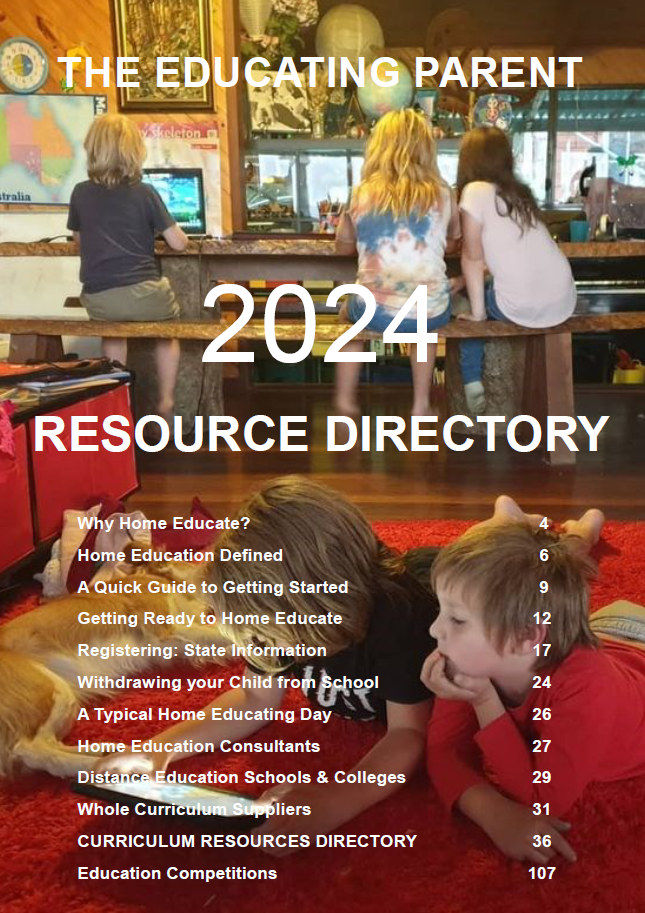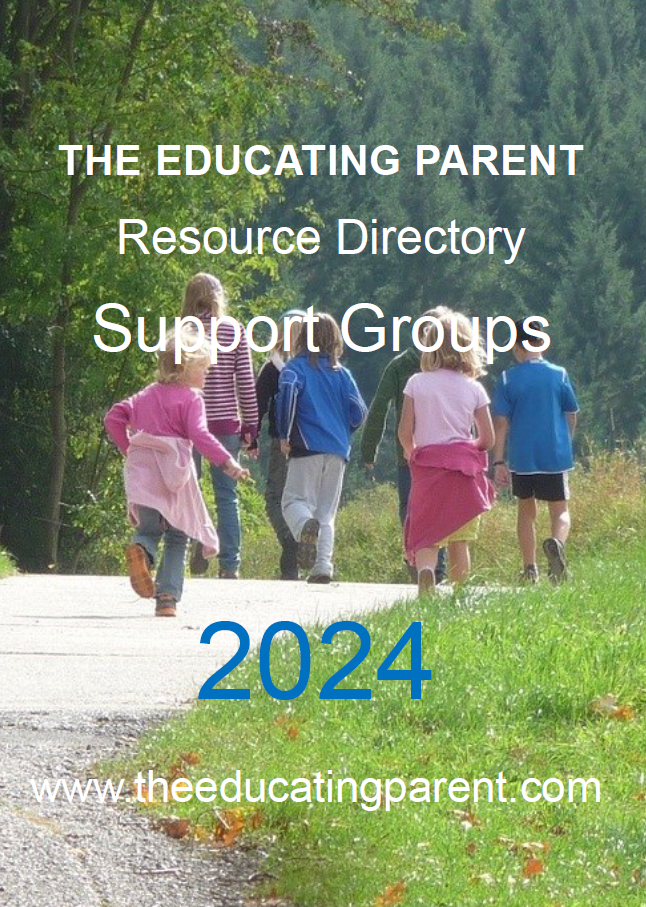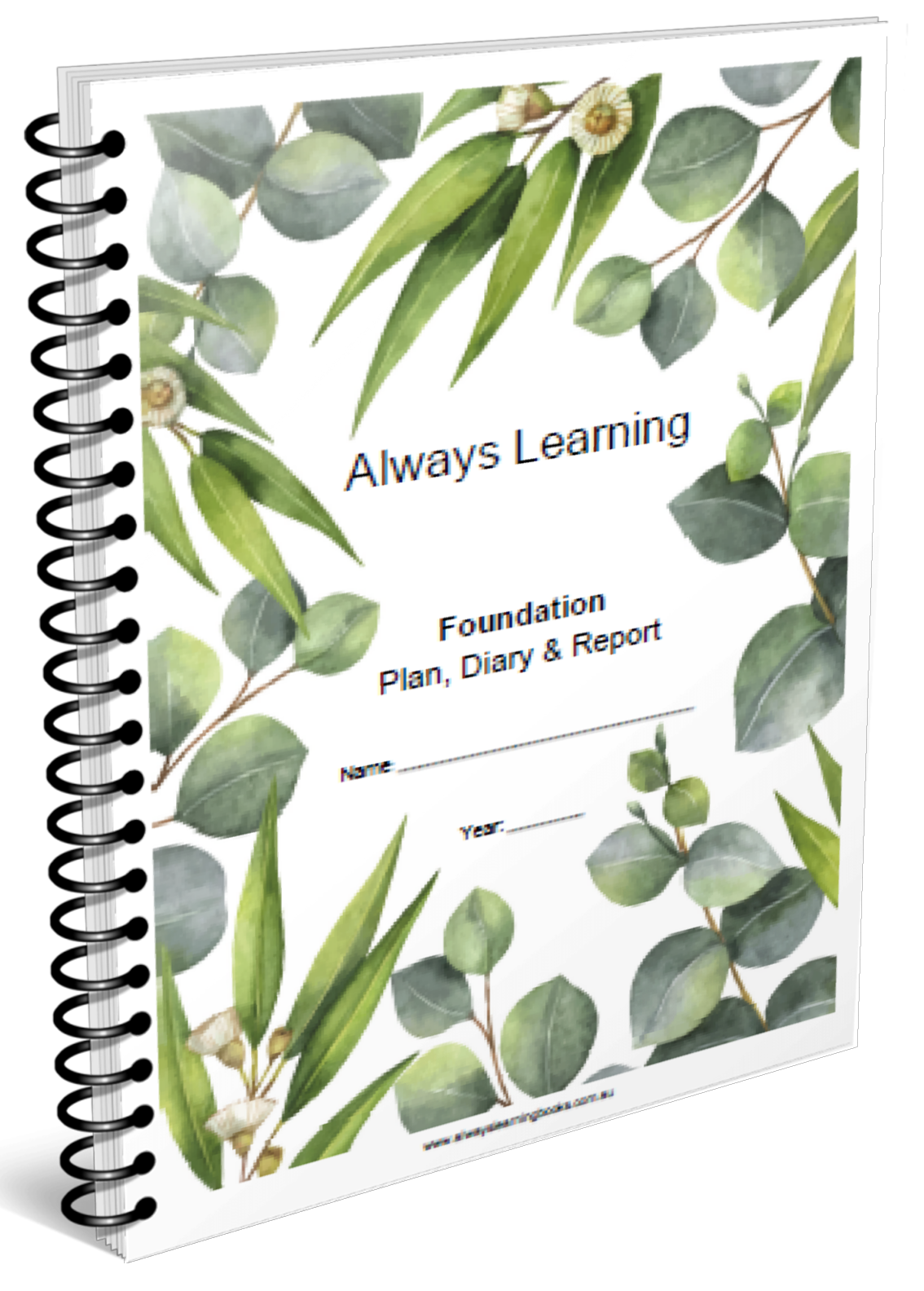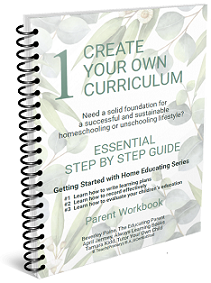|
Adapting to Our Environment
© Beverley Paine, August 2007
[this article forms part of a series on Geography you can buy as a Practical Homeschooling booklet from Always Learning Books]
Geography is the study of how humans use and adapt to the environment. It's important to understand the environment in which we live, or from where we obtain the resources we need to live in the way we desire. Understanding helps us to use the environment in a sustainable way. Without a sustainable practice we will eventually deplete the resources and the environment's ability to cope. The environment gives us exactly what we need to survive: if we disturb this delicate balance we face increasing levels of species extinction, and ultimately our own survival is threatened.
Two key questions in geography are:
- How do people adjust to their environment?
- How do people change the environment to better suit their needs?
From a homeschooling families perspective the best place to start studying geography is at home. Consider your home as your primary environment - it definitely is for young children, but older children can learn a thing or two from examining the home as an environment they use and adapt to, or adapt to suit their needs.
Observing closely and asking questions are, I believe, the two most important tools a geographer uses. Questions can guide your observations. Recording your responses and findings not only prompts more questions but allows you to reflect on any patterns that begin to emerge.
Try these questions as starters for investigations about where you live:
- How big is your house?
- How many rooms?
- What are the rooms used for? Can you group them into regions?
- Who uses which rooms the most? How do they use them?
- How are these areas connected?
- Are there any special features about this rooms?
- Where does the energy come from to run the house? How is it supplied? (Think carefully about this one: human labour is energy too!)
- What do you like most about your house?
- What would you change if you could, and why?
- Do you have a garden?
- How many different areas or regions are there in your garden?
- What is each area used for?
- Are there any special features in each area?
- Who, or what, uses your garden, and why?
...and so on.
You may chose to build a model of your house using construction toys or materials. Our daughter surprised us with a to scale LEGO model of our house complete with furniture in the right places.
If you are anything like me, you change around the furniture on a regular basis. I sometimes do this because our needs change. We even moved a wall once to make a larger bedroom for Thomas in his teens. My garden has changed considerably since we first moved here. Some plants won't grow well where I first put them and they need moving. Other plants dont' do well at all and die. An area I set aside for outside dining was too windy... We're always adapting our ideas to the needs of the environment. Or adapting our environment to suit our needs. And our needs are constantly changing!
By considering and talking about the possible answers to the above questions you are examining where you live, why you live there, and how you use the resources within the home to meet your needs and wants. If we scale that up and look at our community the questions may sound a little like this:
- Where do you live? Is it in the country or the metropolitan area, or an inner city area?
- Are there any special features about where you live that shapes how people live there? Think about landforms: river valleys, hills, mountains, oceans, lakes. Think about the built environment: mines, forests, freeways, etc.
- How many people live in your town, area or city?
- When you drive around your area, can you identify places that are used differently? Or areas that are set aside for different purposes? What are they? Who uses them, and why are they there?
- Which areas are used the most?
- Are there any special features about these areas?
- How are these areas connected?
- Do they use specific resources? Where do these resources come from and how do they get there?
- Where does the energy come from to run your town, area, or city? How is it supplied? (Think carefully about this one: human labour is energy too!)
- What do you like most about your town, city or area?
- What would you change if you could, and why?
- Are there any green spaces in your city, town or area?
- How many different types of green spaces are there, and what are they used for? What would you change if you could, and why?
Geographers examine where people live, why they settled there, and how they use natural resources. People change something about the way they live in order to adapt to their environment. And they are constantly changing the environment as well.
Early childhood is a period of intense learning about how individuals and groups interact with their environment. I should have said earlier that the environment is a lot more than the natural world - it's everywhere and anywhere you find yourself. A play pen may be the environment of your baby brother, or it could be your bedroom; your pet bird's environment is its aviary. You could say that Grandma's in "her natural environment in her kitchen" because she loves to cook and spends most of her time there...
Environments can be inside or outside and they all have particular characteristics that set them apart and define them. Outside environments are affected by land formation and climate. Children learn to manage and cope with different environments and how they affect their daily lives. There are safety rules to learn and obey in some areas of the house. Rain jackets and gum boots need to be worn on wet weather days. Sun screen needs to be applied on hot sunny days.
Children naturally learn to use their environments too. Making a cubby under the table, pouring water down a mountain in the sand pit, raking a garden bed level before sowing a carrot patch: there are many ways children adapt their environment for fun or need. As toddlers they tend to think of themselves as the center of the world. The daily routines of dressing, eating, and playing and watching others work are the ways in which they think and act geographically.
Daily routines help children of this age make sense of their world. They that morning is followed by afternoon, and night follows day. As they grow routines change, or sometimes they change for other reasons. Taking the time to talk to our children, explaining how and why change occurs, or simply point it out, helps our children to think and act as geographers. Use everyday language, but don't shy away from using geographical terminology. Although children may not be able to communicate using those terms at this age they understand them.
Children of this age enjoy the growing sense of control they have over their environment. Providing them with plenty of opportunity to practice and master skills builds confidence. When things dont' go according to plan patiently explain some of the reasons why not: it could be that there are factors that are beyond their control. We must all learn to live within our limits if we are to take care of our Earth in a sustainable way.
As children grow, taking care of animals is a fantastic way to help children undertand the important role environment plays in their lives. Our pets include tadpoles, frogs, pigeons, guiinea pigs, gold fish, and poultry. But we also create habitats and keep a watchful over many wild creatures: magpies and dozens of other wild birds, possums, echidnas, lizards, insects and bees, kangaroos, even snakes! These creatures all have particular needs that must be met by the environment in which they live. We can adapt the environment to attract different creatures, or to make it a better place to live for our pets.
Nearly everywhere people are building something. Stop to watch and observe how earth is moved and buildings go up. Talk about the different materials used, where they come from, who makes them and how. Visit where they come from... There are so many ways we can help our children develop geographical thinking skills. A simple visit to the supermarket can be turned into a geography lesson if you stop to read the labels and talk about where the food was grown, harvested, how it came to be in the package, how it was transported to the store and so on!
I'm sure you can think of many more ways to help your children consider how we adapt to our environment and how we adapt our environment to suit our needs.

Was this article helpful? Was it worth $1.00 to you?
Your gift of $1 or more helps to keep this site operating
offering encouragement
and reassurance to families
wanting
better outcomes for their children.



Beverley Paine with her children, and their home educated children, relaxing at home.
Together with the support of my family, my aim is to help parents educate their children in stress-free, nurturing environments. In addition to building and maintaing this website, I continue to create and manage local and national home educating networks, help to organise conferences and camps, as well as write for, edit and produce newsletters, resource directories and magazines. I am an active supporter of national, state, regional and local home education groups.
"You've been an inspiration to me, I love the way
you really listen to people." Vanessa
"Whenever I read your writing I always come away
with increased confidence in my ability to provide and
share a wonderful learning journey with my family!" Davina
"Your guidance, understanding, support and words of
wisdom changed our lives. We now offer support and
organise many homeschooling events for others." Lesley
"Thank you once again for your prompt and friendly service.
I am convinced that your books are going to add
quality and peace of mind to my journey of teaching my kids
at home! Just from studying your website, until almost
2am
in the morning, I 've been encouraged!" Louisa
"Thank you for all your many,many reassuring words
over many, many years. You probably don't know exactly how
valuable you are to the Australian Home Education community.
I've been reading your stuff for maybe 8 years or more now.
And I'm very grateful." Gythaa


Want to learn how to write your own education plans
to suit your unique children's individual learning needs?
Or you are looking for quality curriculum and teaching tips...
Comprehensive 3 workbook 'how to home ed' course
covering the essential skills you need
successfully home educate your children

|
|
Welcome to the World of Home Education
and Learning without School!
We began educating our children in 1985, when our eldest was five. In truth, we had helped them learn what they need to learn since they were born. I am a passionate advocate of allowing children to learn unhindered by unnecessary stress and competition, meeting developmental needs in ways that suit their individual learning styles and preferences. Ours was a homeschooling, unschooling and natural learning family! There are hundreds of articles on this site to help you build confidence as a home educating family. We hope that your home educating adventure is as satisfying as ours was! Beverley Paine
3 ESSENTIAL STEP BY STEP GUIDES
Let experienced home educators Beverley, Tamara and April walk you through HOW to create a learning plan that builds on solid foundations that works for YOUR family AND ticks all the boxes for home educaton registration!
|
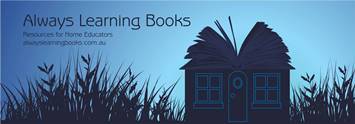
Tap into Beverley's
experience
through her books
"Your books, your blogs helped me beyond words... they helped me to find comfort in knowing it is ok to choose exactly what is best for my family." Nisha
"Your books and information are mind blowing and already I am feeling good about this new experience." Diane
"Your guidance, understanding, support & words of wisdom changed our lives." Leslie
"I feel specially inspired by Beverley's words and, the more I read her comments, the more inspired I feel, since my need for support, respect for different parenting styles, and information are fully met." Marijo
|
 |
|

The information on this website is of a general nature only and is not intended as personal or professional advice. This site merges and incorporates 'Homeschool Australia' and 'Unschool Australia'.
The Educating Parent acknowledges the Traditional Aboriginal and Torres Strait Islander Owners, the Custodians of Australia, and pay our respects to Elders past and present and extend that respect to Aboriginal and Torres Strait Islander people viewing this website.

Advertise on this site.








Home education is a legal alternative
to school education in Australia.
State and Territory governments are responsible
for regulating home education and have different
requirements, however home educating families
are able to develop curriculum and learning programs
to suit the individual needs of their children.

Without revenue from advertising
by educational suppliers and Google Ads
we could not continue to provide information
to home educators. Please support us by letting
our advertisers know that you found them on
The Educating Parent. Thanks!
|
![]() About
About
![]() Blog
Blog
![]() Articles
Articles
![]() Curriculum
Curriculum
![]() Resource Directory
Resource Directory
![]() Shop
Shop
![]() Facebook
Facebook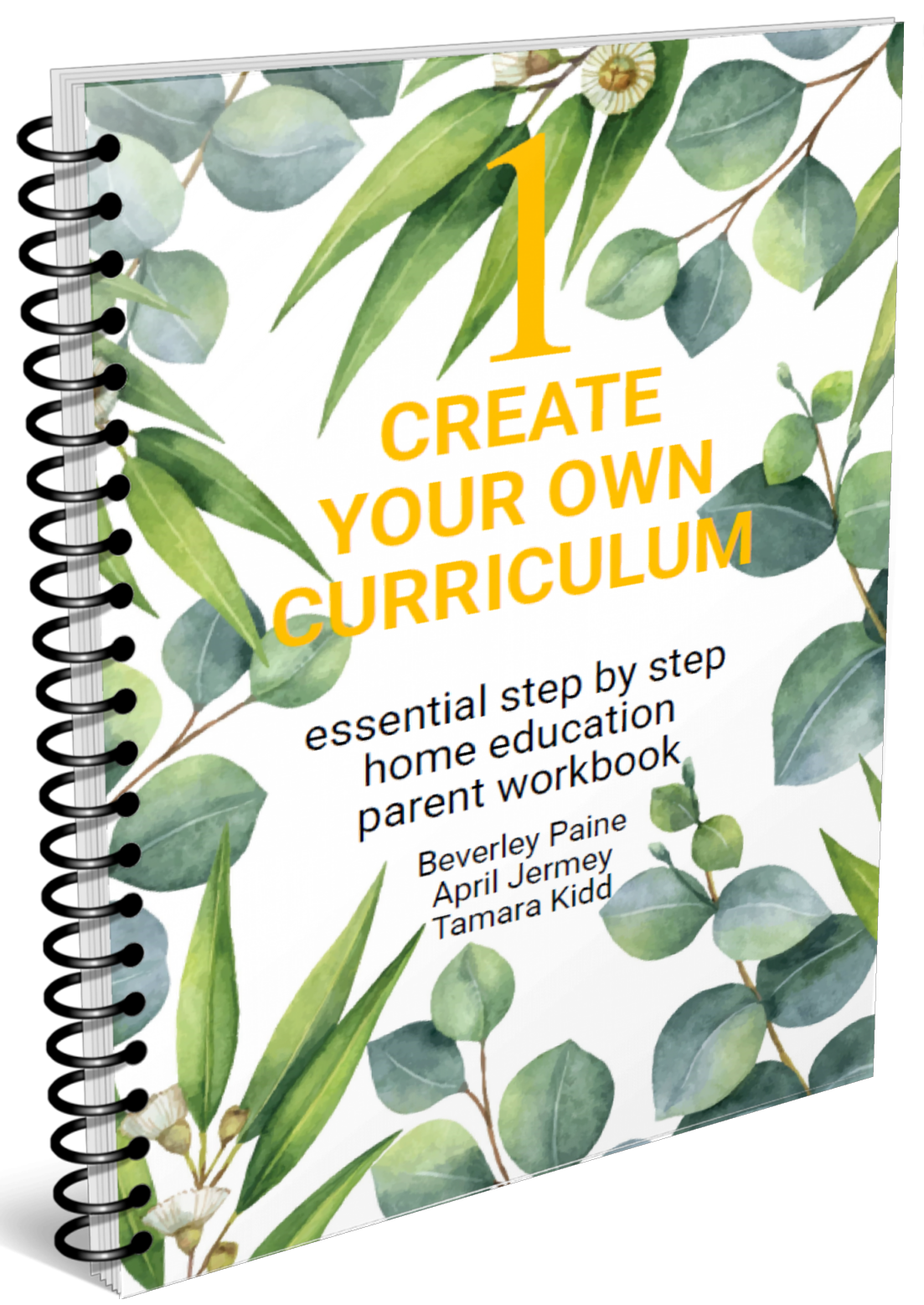
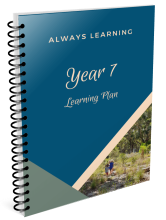
![]() SA
SA ![]() VIC
VIC ![]() NSW
NSW ![]() QLD
QLD ![]() TAS
TAS ![]() ACT
ACT ![]() NT
NT ![]() NSW
NSW ![]() QLD
QLD ![]() SA
SA ![]() WA
WA ![]() TAS
TAS ![]() ACT
ACT ![]() NT
NT 
